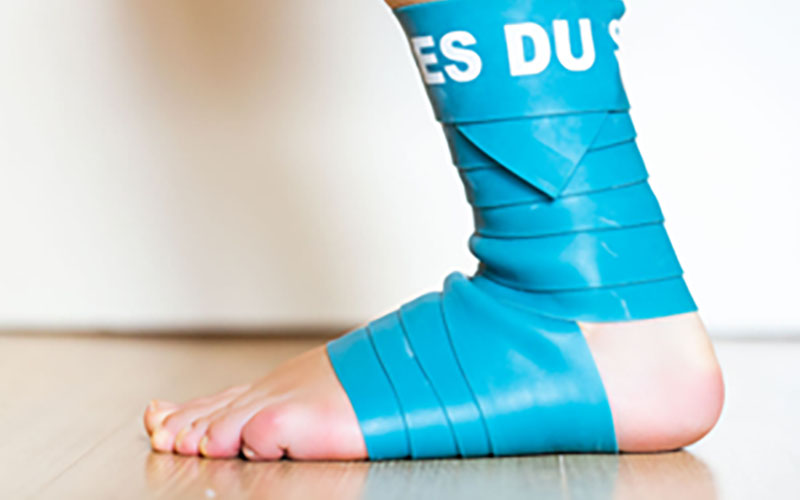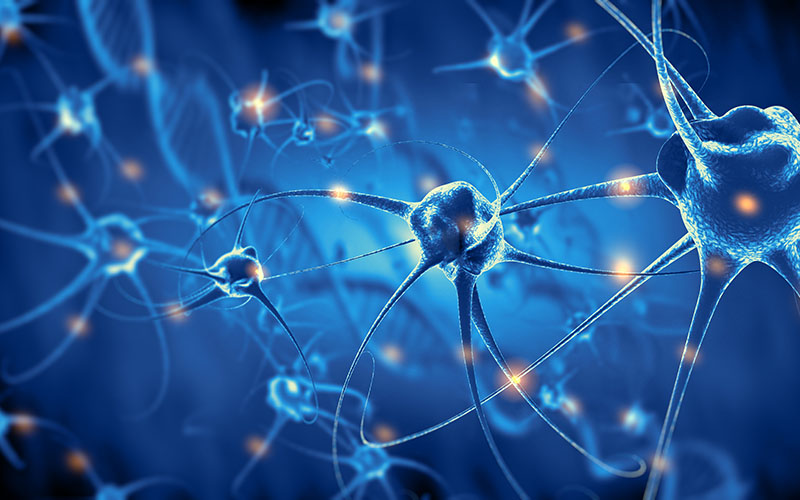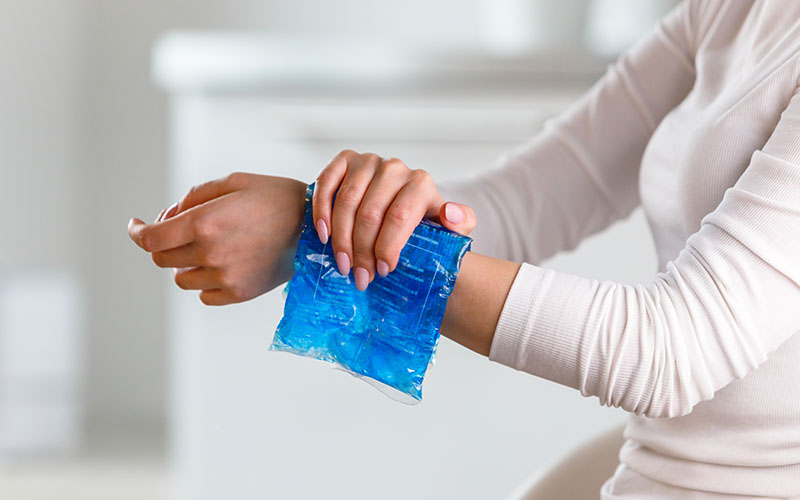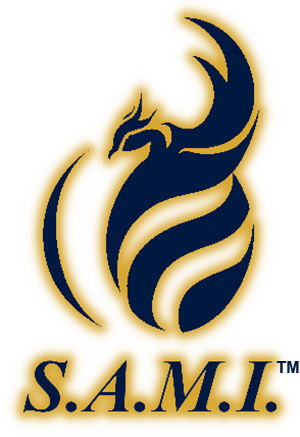
Services
Services- 30 or 60 minute sessions
Our goal here at S.A.M.I. is to treat pain at the source. We are dedicated to finding the right holistic remedy for each client’s rehabilitation. Our techniques are the direct result of scientific research and firsthand experience. As a part of our quality service, each client undergoes an extensive preliminary assessment and ongoing assessments by our experts to maximize results. Part of the treatment may involve questionnaires or surveys in order to fully understand the condition of the client and address their needs. Single treatment will not work for clients with chronic pain. The best approach is for our staff to work with you to establish a treatment plan that fits your life and meets your needs. Sessions are available in 30 or 60 minute increments.
Consider treatment for: Plantar fasciitus • Rotator cuff stiffness • Hip arthritis • Neck pain • Sciatica • Edema • Runners knee
Myofascial Release Therapy (MFR)
MFR is a safe and effective hands-on technique that involves applying gentle sustained pressure to eliminate pain and restore range of motion. Myofascial tissue is essential when supplying the muscles and bones with stability and protection. With more than 2000 pounds of tensile strength, this connective tissue (fascia) provides support for muscles while enabling flexibility.
When muscles are damaged from injury, exercise, or everyday activities, the production of myofascial tissue increases. The fibrous tissue on the muscle stabilizes it to support healing: however, excess myofascial issue production can lead to restricted blood flow and cause further injury.
MFR is also used to treat muscle strains, sprains and tears. Releasing this tension allows the body to heal.

Active & Passive Resistance Stretching
Resistance stretching focuses on increasing muscle flexibility to increase range of motion. When trying to increase range of motion, variety is paramount. Therefore, we have perfected techniques to help stimulate the muscle fibers, increase resiliency, and facilitate positive joint stability.
Active Stretching
Dynamic Stretching: Focuses on increasing the range of motion by letting target areas utilize free range of motion to warm up the muscles.
Ballistic Stretching: Focuses on muscle lengthening to augment dynamic stretching by furthering range of motion of target muscles.
Passive Stretching
Isometric (static) Stretching: Works to lengthen the muscle tissue by utilizing a fixed position stretch.
Proprioceptive Neuromuscular Facilitation (PNF): PNF stretching involves taking the muscle to the end of its range of motion and, actively contracting the muscle targeted for stretching.

Blood Flow Restriction (BFR)
Blood Flow Restriction is a training method that involves compressing the joint on all sides in order to increase the rate of regeneration of the targeted area. The joint or muscle is bound via “floss bands”. This binding helps to desensitize hyperactive muscles, reduce inflammation, and facilitate myofascial tissue reabsorption. The combination of compression, muscle release and reduction in inflammation will allow the skeletal structure to reset. BFR is highly effective in instances where the client has physical conditions that are easily exacerbated by high tempo activities.

Neuromuscular Fusing

Temperature Manipulation
Temperature plays a key role when treating chronic pain and injury. The biggest question is when to use cold or heat treatments. When an injury occurs icing the area can help to reduce inflammation, desensitize nerves and muscle spasms. The use of ice is typical when initially treating an injury, but the use of ice is usually not the best option when treating chronic pain. The treatment objective is to release scar tissue and increase flexibility. Cooling the area can slow down blood flow and inhibit the body’s ability to remove damaged tissue and debris. Heating the area can boost the effects of regeneration while releasing tissues enabling flexibility.
Temperature manipulation combines both heat and cold to boost tissue response. Using “wet heat” we are able to penetrate into deeper tissues and increase the chance for a full recovery. Once the heat has faded, the skins surface will be cooled by the air. In this way, the nerves are allowed to respond as if a cool compress had been applied.

Individualized Rehab Exercise
Individual rehab exercises are activities that subject the new muscle and movement patterns to a regimen of exercise tthat stimulates muscle growth and pain relief. After the muscles have healed and scar tissue has been broken down and reabsorbed, it is imperative that you have an exercise routine to prevent the injury from re-occurring. This routine will aid you in your efforts to prevent injury and avoid pain. We recommend that clients work with their trainer to create a customized exercise program.

